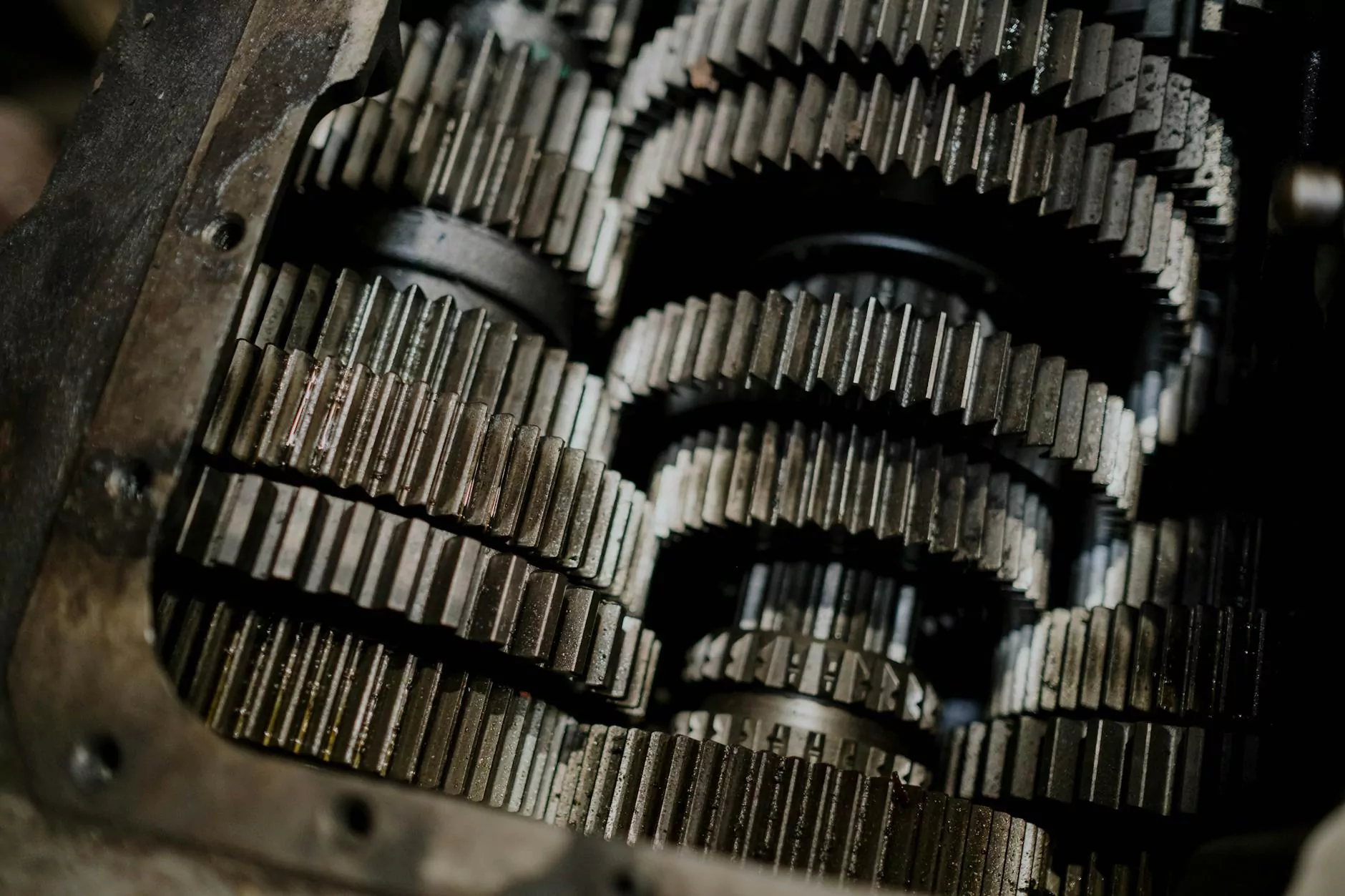The Ultimate Guide to Automatic Gearbox Converters

In the ever-evolving world of automotive technology, the automatic gearbox converter plays a pivotal role in enhancing vehicle performance. For both automotive enthusiasts and industry professionals, understanding this component is crucial. In this extensive guide, we'll delve into what an automatic gearbox converter is, the different types available, their benefits, and tips for maintenance. By the end, you’ll be equipped with comprehensive knowledge that can help you make informed decisions about vehicle performance and modifications.
What is an Automatic Gearbox Converter?
An automatic gearbox converter, often referred to as a torque converter, is a type of fluid coupling used in automatic transmissions. It facilitates the transfer of power from the engine to the transmission, enabling smooth gear shifts and enhancing vehicle drivability. Unlike manual gearboxes, where the driver must shift gears manually, an automatic gearbox relies on the torque converter to handle these adjustments automatically.
How Does an Automatic Gearbox Converter Work?
The operation of an automatic gearbox converter is fascinating. It comprises several key components:
- Stator: This component redirects the fluid back to the pump, allowing the converter to multiply the engine's torque.
- Impeller: The impeller, driven by the engine, pushes transmission fluid into the turbine.
- Turbine: This component absorbs fluid from the impeller and transmits power to the transmission.
- Fluid Coupling: This allows for the transfer of power without a direct mechanical connection, providing smoother operation.
When the engine is running, the impeller spins and creates a flow of transmission fluid that drives the turbine. This interaction allows the vehicle to accelerate without stalling, even at low speeds. When the vehicle reaches a certain speed, a clutch engages to lock the impeller and turbine together, enhancing fuel efficiency.
Types of Automatic Gearbox Converters
Automatic gearbox converters come in several types, each designed for specific performance needs:
1. Traditional Torque Converters
These converters utilize hydraulic fluid to transfer torque and are widely used in most automatic vehicles. They are reliable and provide smooth acceleration.
2. Lock-Up Torque Converters
This type features a clutch mechanism that locks the turbine and impeller together at higher speeds, improving fuel efficiency by reducing slip.
3. CVT Torque Converters
Found in continuously variable transmissions, these converters adjust fluid flow to provide an infinite range of gear ratios, enhancing performance across different speed ranges.
4. Performance Torque Converters
Designed for high-performance vehicles, these converters offer higher stall speeds and better heat handling, making them ideal for racing applications.
Benefits of Using an Automatic Gearbox Converter
The advantages of incorporating an automatic gearbox converter in a vehicle cannot be overstated. Here are several key benefits:
- Smoother Transitions: Automatic gearbox converters allow for seamless gear shifts, which enhances the overall driving experience.
- Improved Acceleration: The torque multiplication effect helps vehicles accelerate more swiftly from a standstill.
- Fuel Efficiency: Lock-up torque converters, in particular, contribute to better fuel economy.
- Reduced Driver Fatigue: The ease of driving an automatic vehicle minimizes the physical strain on the driver, especially in stop-and-go traffic.
Common Issues with Automatic Gearbox Converters
While automatic gearbox converters are generally reliable, they may develop issues over time. Here are some common problems to watch for:
- Slipping: If the engine speed increases without a corresponding increase in vehicle speed, the converter may be slipping.
- Overheating: Insufficient fluid or a failing pump can lead to overheating, which can damage the converter.
- Shuddering: A shuddering sensation while accelerating may indicate a failing torque converter or low fluid levels.
- Fluid Leaks: Leaking transmission fluid can signal a failing seal or damaged components within the converter.
Maintaining Your Automatic Gearbox Converter
Proper maintenance of your automatic gearbox converter is essential for optimal performance and longevity. Here are some helpful tips for maintaining this critical component:
1. Regular Fluid Checks
Regularly check the transmission fluid levels and condition. Low or dirty fluid can lead to converter issues.
2. Changing Transmission Fluid
Follow the manufacturer’s recommendations for fluid change intervals. Fresh fluid is crucial for maintaining the health of the torque converter.
3. Inspect for Leaks
Regularly check for any signs of leaking fluid beneath your vehicle. Early detection can prevent more significant issues.
4. Listen for Unusual Noises
Pinging, clunking, or grinding noises may indicate issues with the converter or associated components. Address these noises promptly.
Conclusion: Enhancing Automotive Performance with Automatic Gearbox Converters
Understanding the automatic gearbox converter and its role in vehicle performance is essential for anyone involved in the automotive industry or simply passionate about cars. By recognizing the types, benefits, and maintenance of these converters, you can make informed decisions that will enhance your vehicle's performance.
At Shenghai Auto Parts, we specialize in providing quality auto parts and gear solutions tailored to your needs. Whether you're looking for performance upgrades or essential components, our range of products is designed to meet the diverse requirements of modern vehicles.
Frequently Asked Questions (FAQ)
What is the primary function of an automatic gearbox converter?
The primary function of an automatic gearbox converter is to transfer power from the engine to the transmission, allowing for smooth acceleration and gear shifts without manual intervention.
How can I tell if my automatic gearbox converter is failing?
Common symptoms of a failing converter include slipping, overheating, shuddering during acceleration, and signs of fluid leakage.
Can an automatic gearbox converter be repaired?
While some issues may be repairable, often, if the converter is failing, replacement is the most effective solution.
How often should I change the transmission fluid for my automatic gearbox converter?
It is advisable to follow the manufacturer’s recommendations, typically every 30,000 to 60,000 miles, depending on your vehicle's specific needs and driving conditions.
Where can I find quality automotive parts for my vehicle?
You can find a wide range of quality automotive parts at Shenghai Auto Parts, where we offer components that meet high industry standards.
By exploring the importance and functionality of the automatic gearbox converter, you’ll be better prepared to optimize your vehicle's performance, ensuring reliable and enjoyable driving experiences for years to come.









